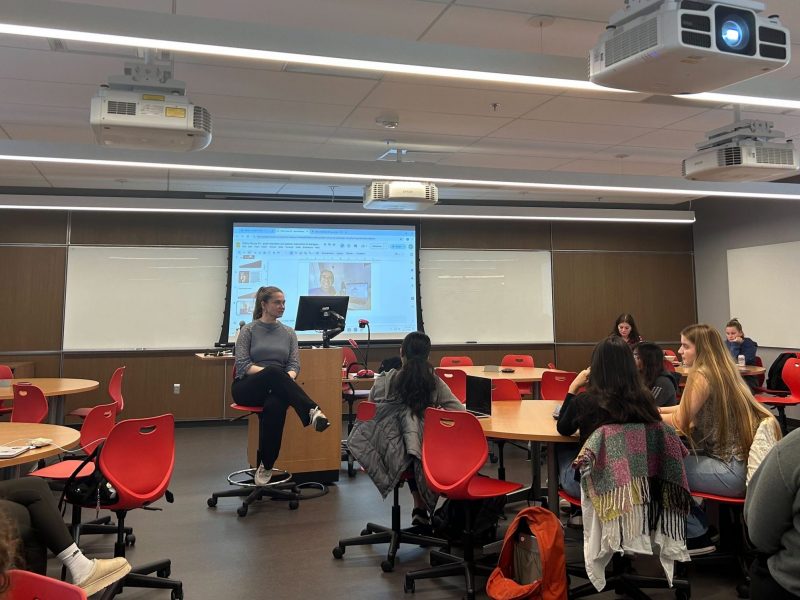
Senior government and politics and information systems major
It sounded like a great idea. Why not build a light rail line connecting Metro stations? After all, a rail that connects Bethesda to Silver Spring and College Park seems like it could be quite useful.
The Purple Line, a proposed 16-mile light rail line, would link the Red, Green and Orange lines at Bethesda, College Park and New Carrollton, respectively. Directly linking places such as Bethesda and Silver Spring (Metro stops on opposite sides of the Red Line) makes sense. But there are several economic and environmental reasons the Purple Line shouldn’t be completed.
Purple Line development suffers from “project creep,” a term engineers use to describe discovering additional costs necessary to finish a project as new problems arise during construction. While originally projected to cost $1.2 billion, the most recent projection by the Federal Transit Administration was about $2.37 billion — a result of refining the rail design and rising property prices, according to The Washington Post.
Aside from looking at increasing costs, wouldn’t an alternative, like limiting the program to a bus transit system, be cheaper? A 2008 study by the town of Chevy Chase found a bus transit line could cost slightly less than $1 billion, while the estimated cost for the light rail line was about $1.8 billion at that time. Would paying $800 million more in tax dollars justify a system that would take you to the same place as a bus transit could?
While proponents of the line claim it would benefit the environment by decreasing vehicle emissions (thus offsetting the environmental costs of deforestation), the project would actually have unintended environmental consequences.
For instance, consider the average load factor (percentage of seats filled) for light rail. While commuter trains have an average load factor of 46 percent, light rails typically have an average load factor of only 24 percent. Is the plan really energy efficient if people get less use out of light rails? If we adapt these statistics to the Purple Line, we can theorize reasons for these numbers. Light rail lines are usually in similar vicinities as Metro transit lines or other forms of public transportation, meaning people simply might prefer the efficiency of cars or commuter rail to the Purple Line.
Even if bus lines have lower average load factors, the number of buses and bus routes in a transit line can be adjusted easily to ensure buses aren’t always empty. For rail lines, however, this issue might be too complex to fix. Cost-benefit analysis tells us a massive investment in a new rail might not be worth it without sufficient ridership.
Many questions regarding the Purple Line and its effects continue to arise. Because the line is traveling within the boundaries of current Metro lines, should we not expect the market for ridership to increase significantly? Because the line runs through the campus, what effects will this have on campus traffic and pedestrian safety?
If people support the line on the grounds of efficiency, job creation and alternative transportation to the campus, they should note all of these can be achieved through a bus transit system — and at a lower price. There’s no doubt that as the project continues, we’ll see engineers and state officials run into more creep, only adding more costs to this state’s taxpayers. Residents deserve more than cost-ineffective solutions. We deserve solutions worth the financial and environmental costs we pay.
Caroline Carlson is a junior government and politics and information systems major. She can be reached at ccarlsondbk@gmail.com.



